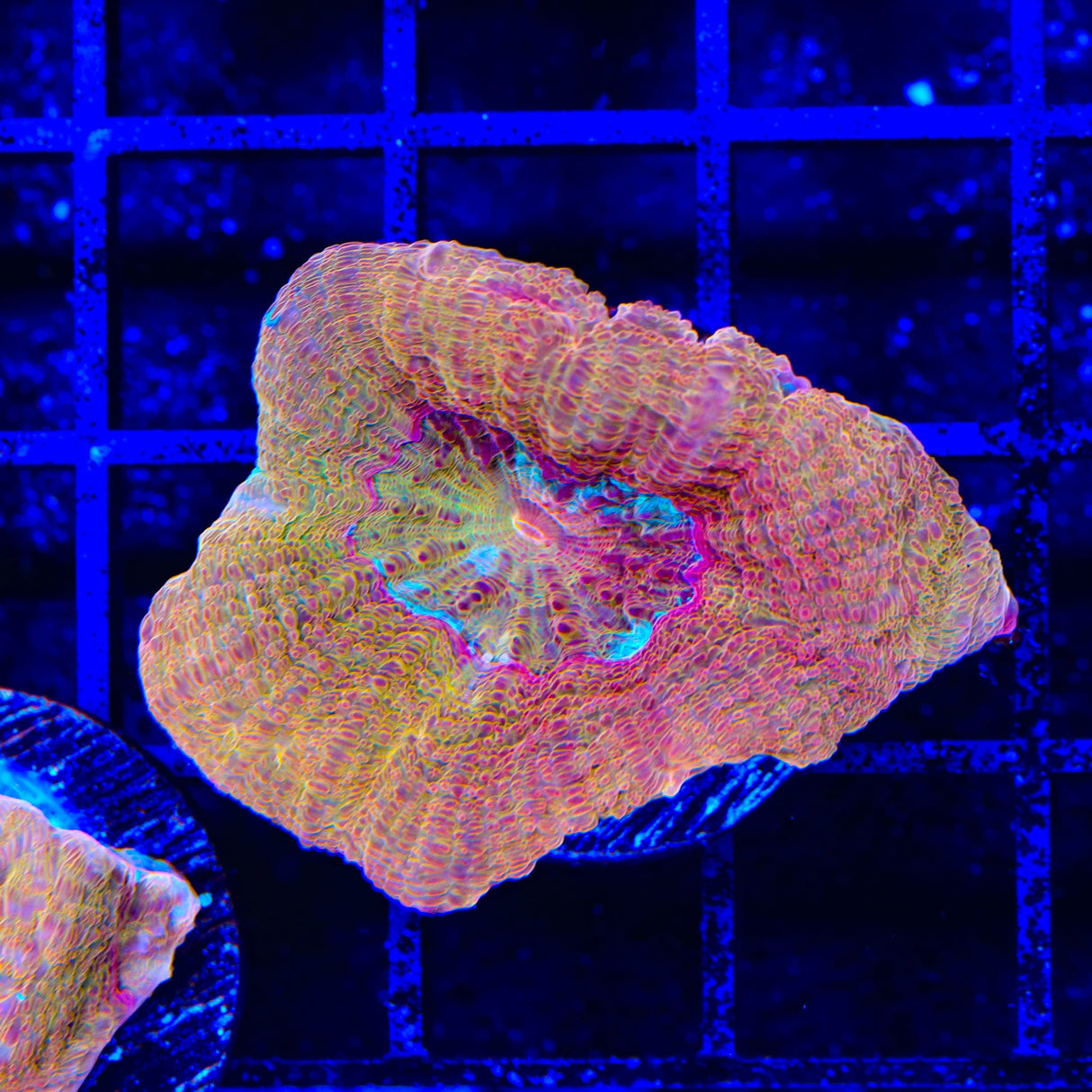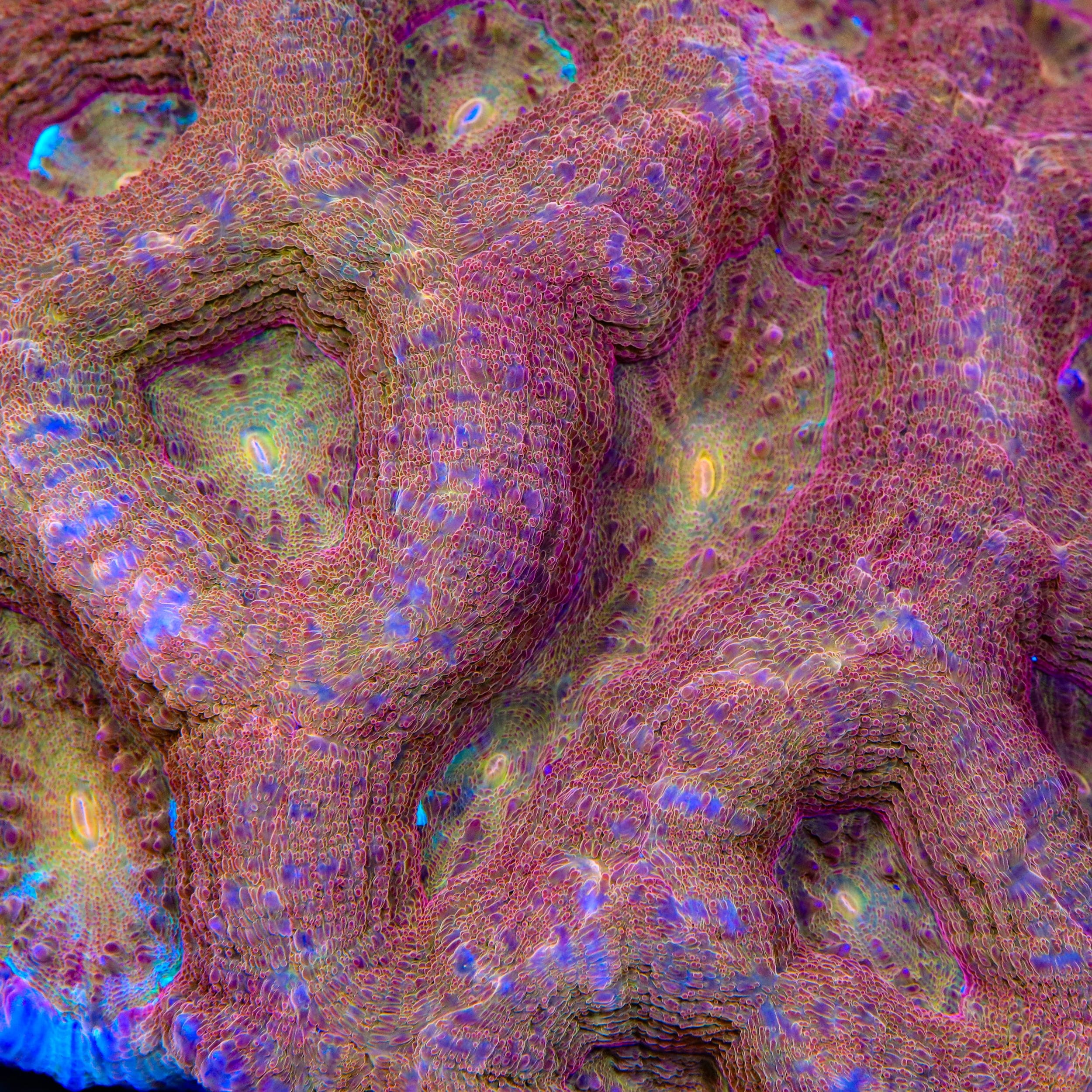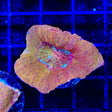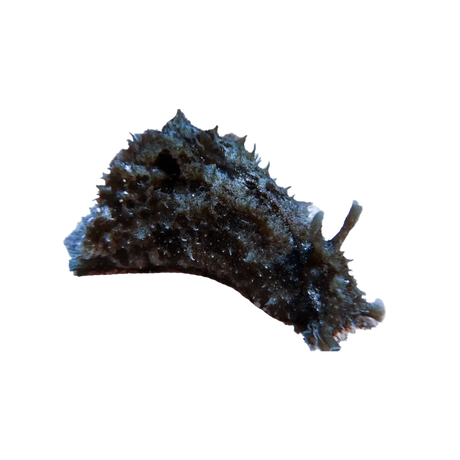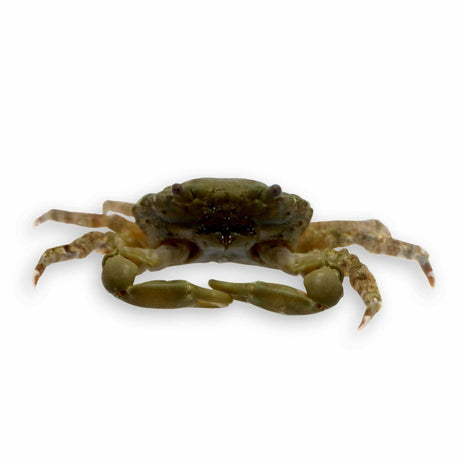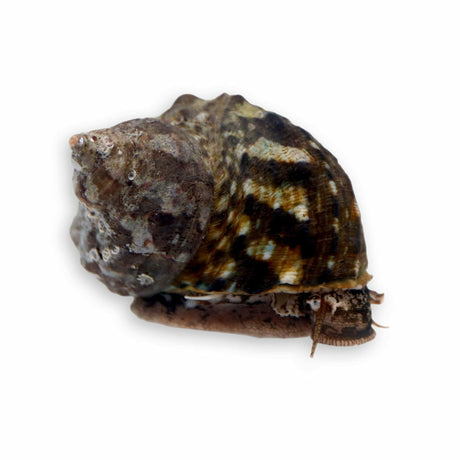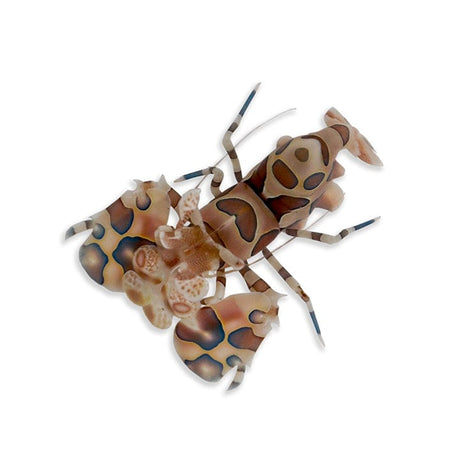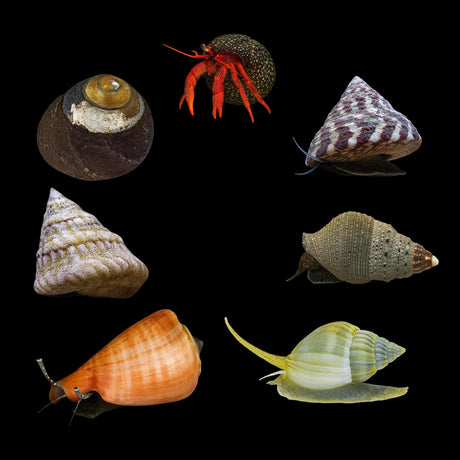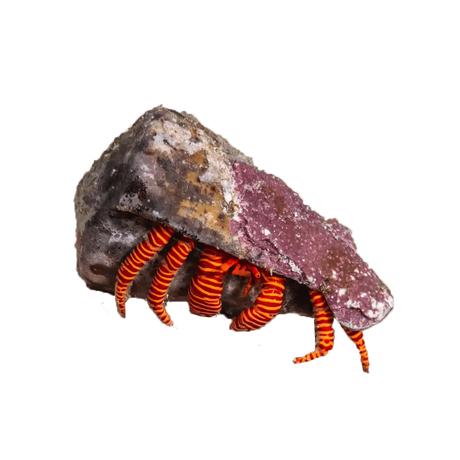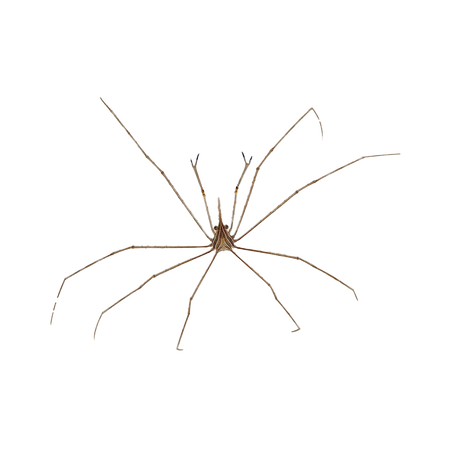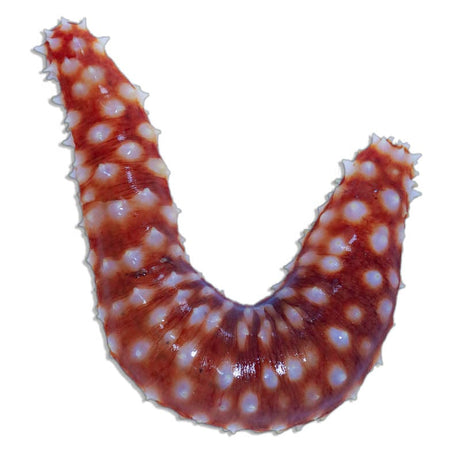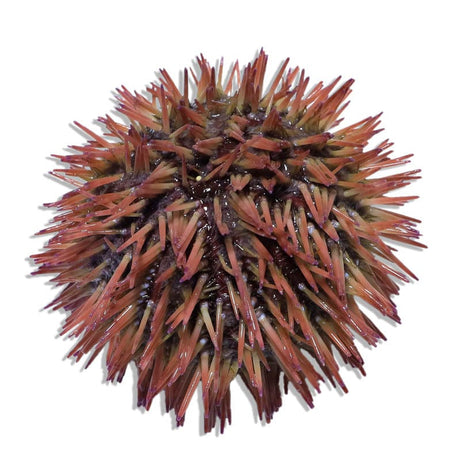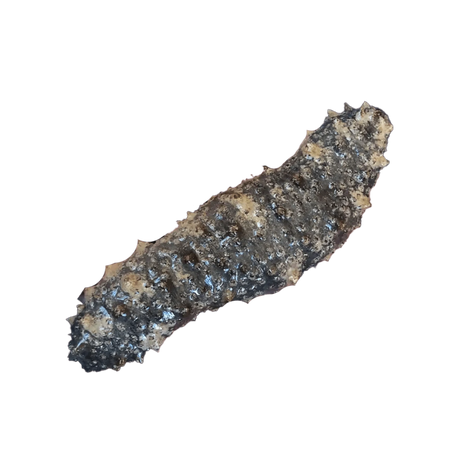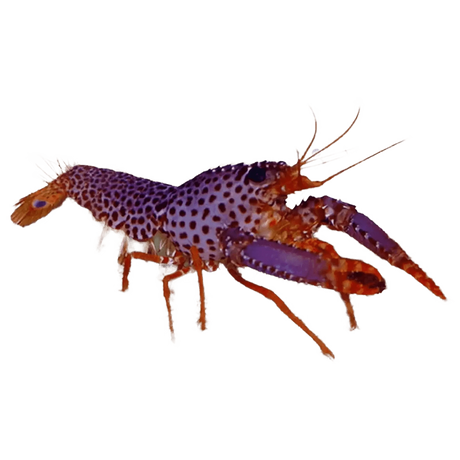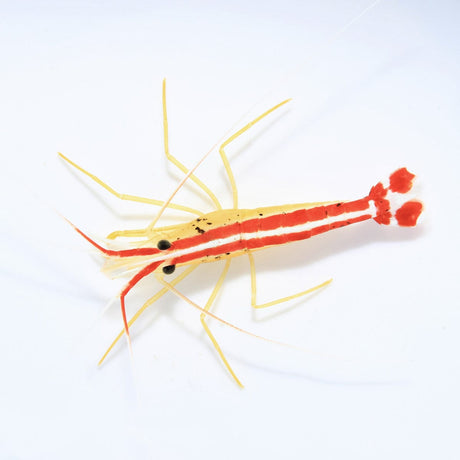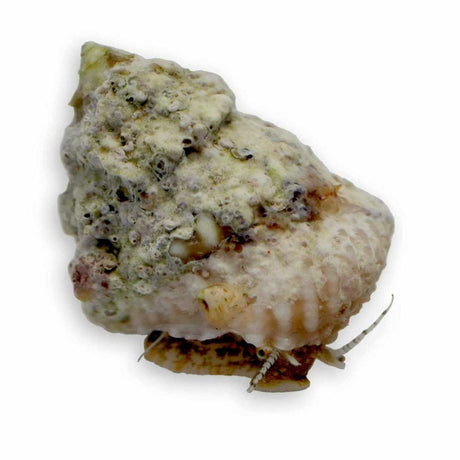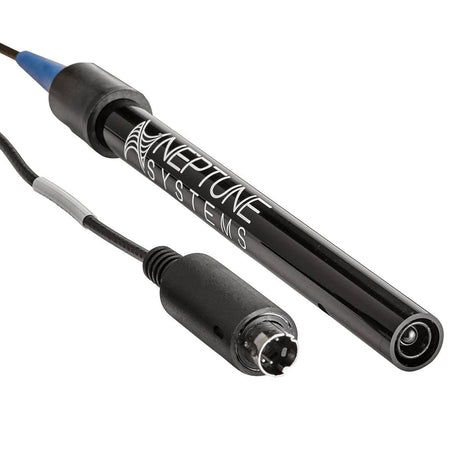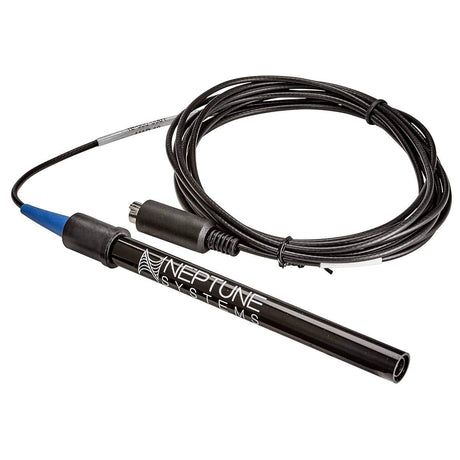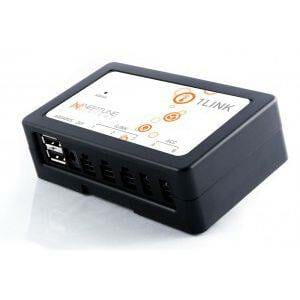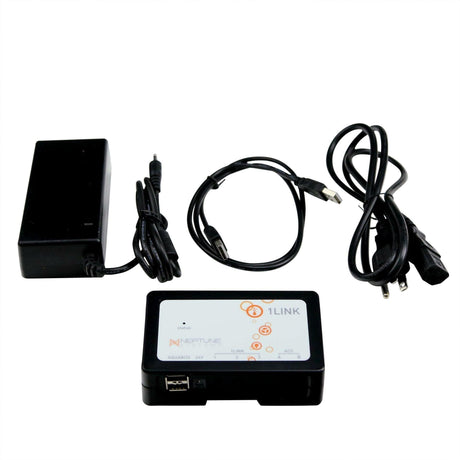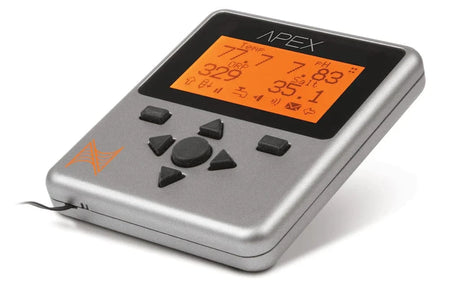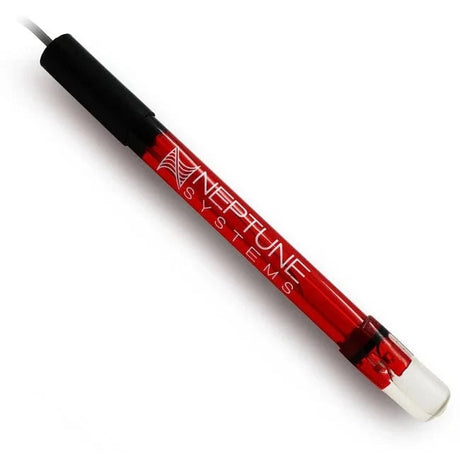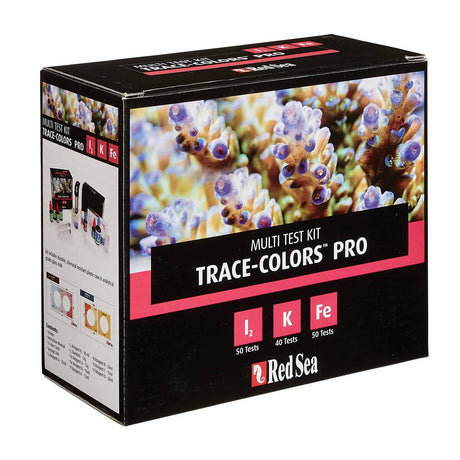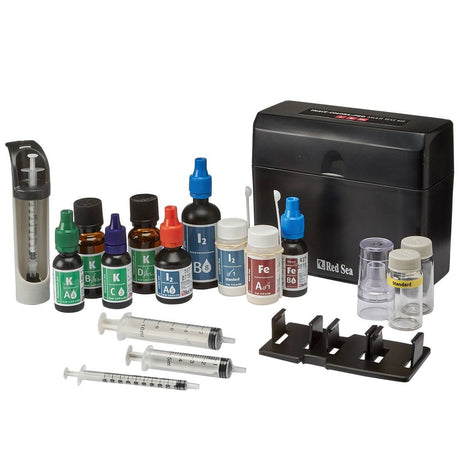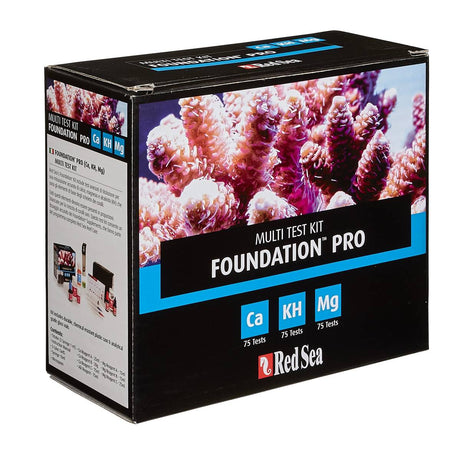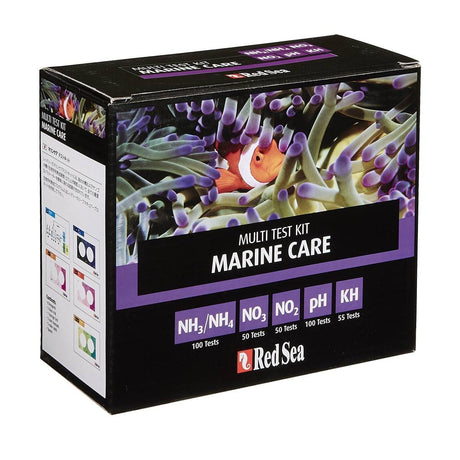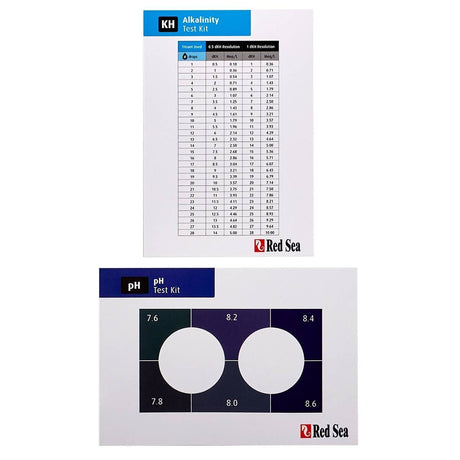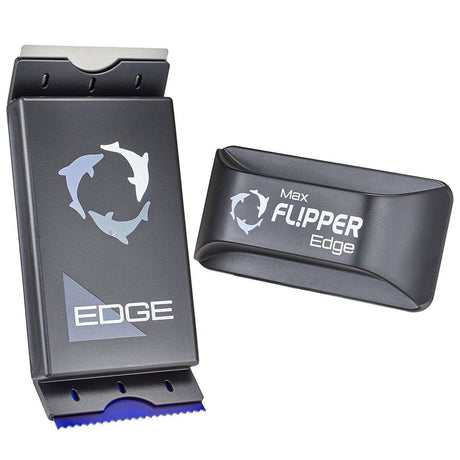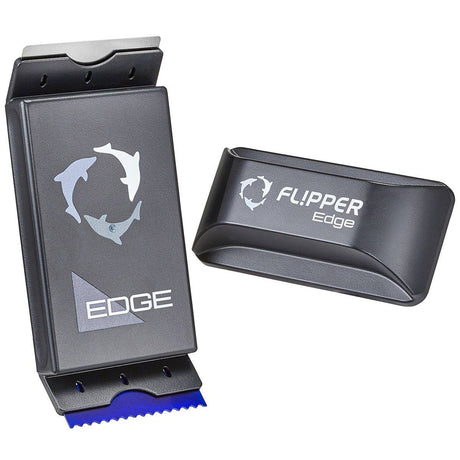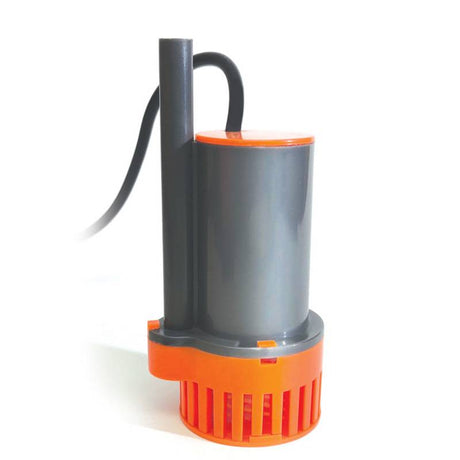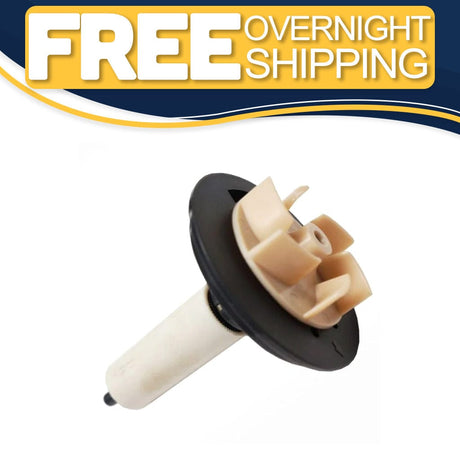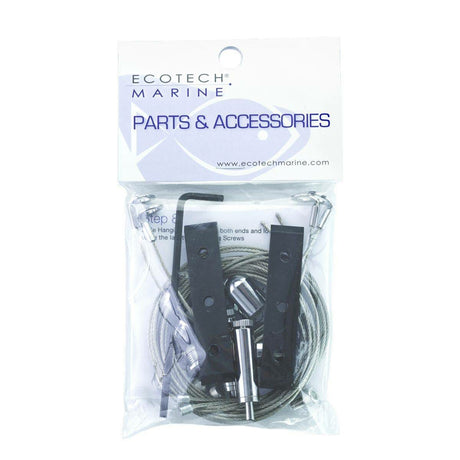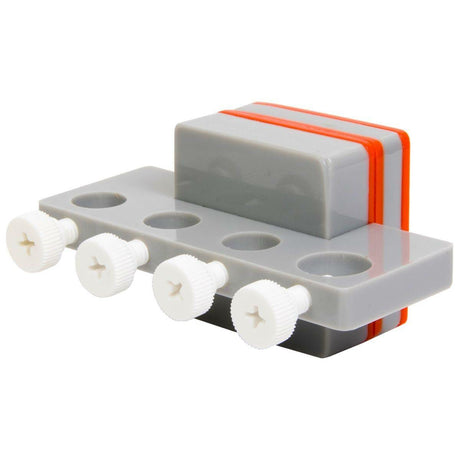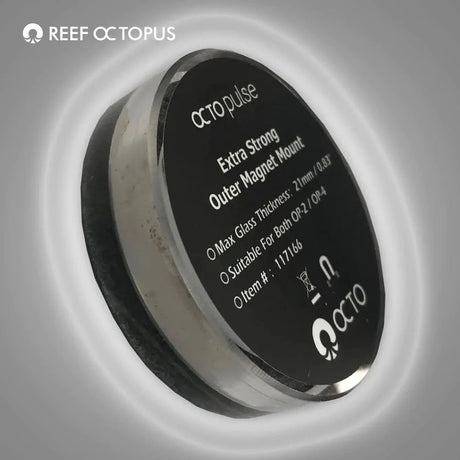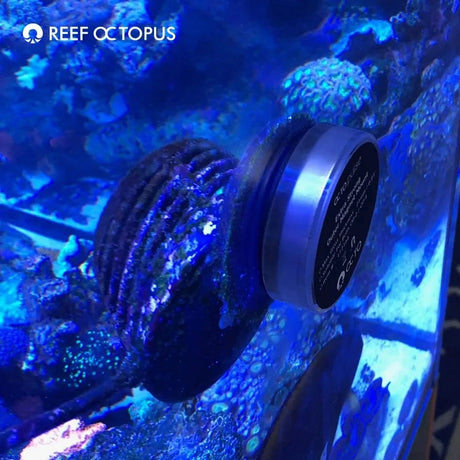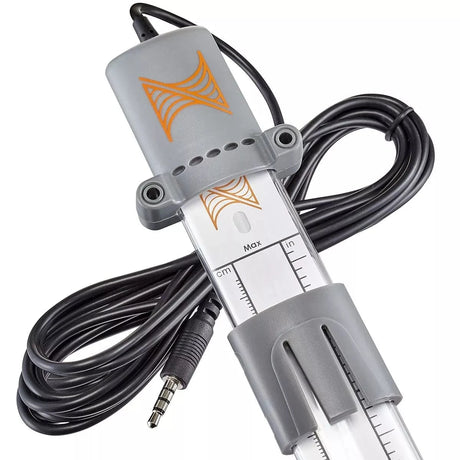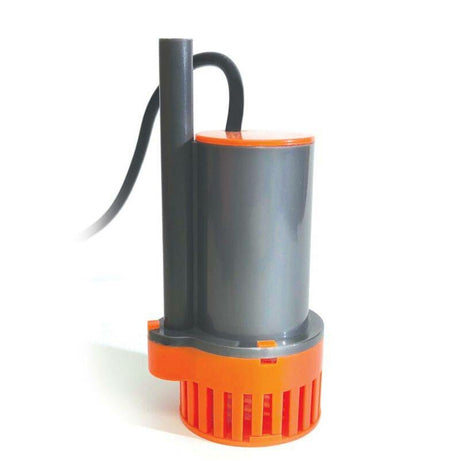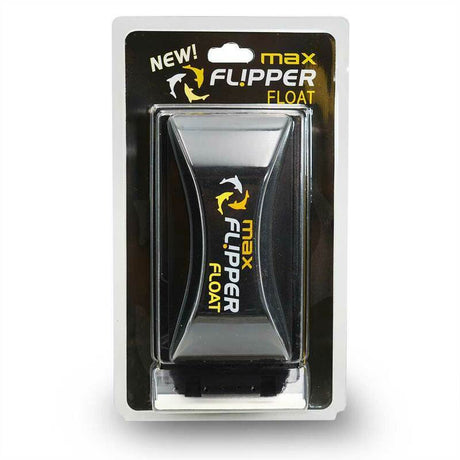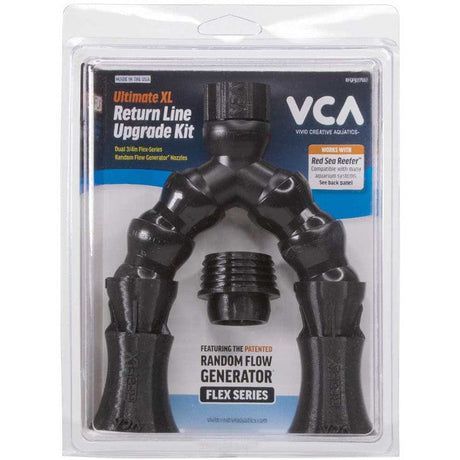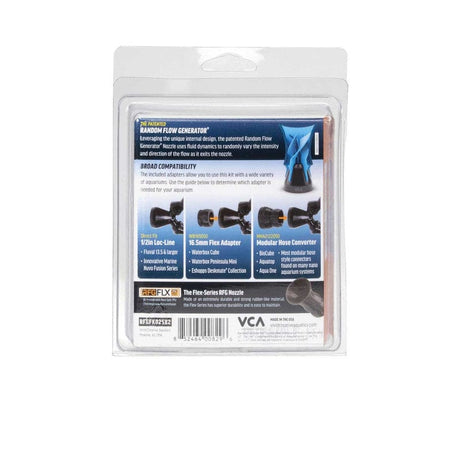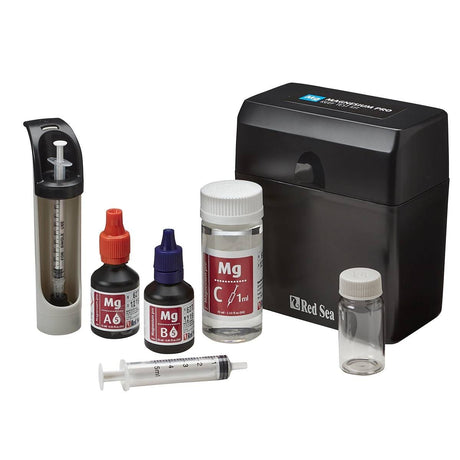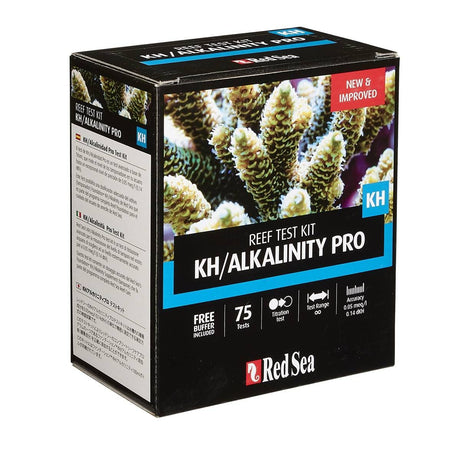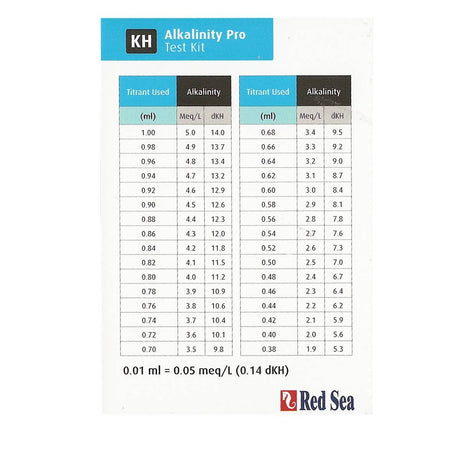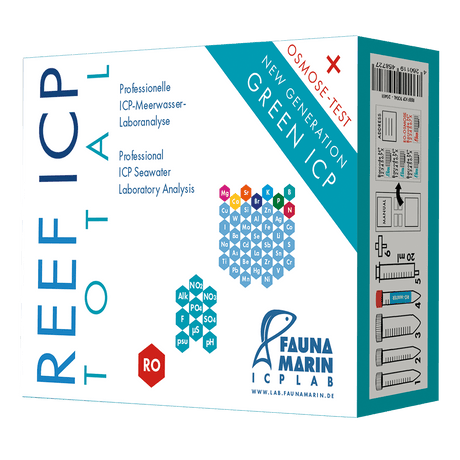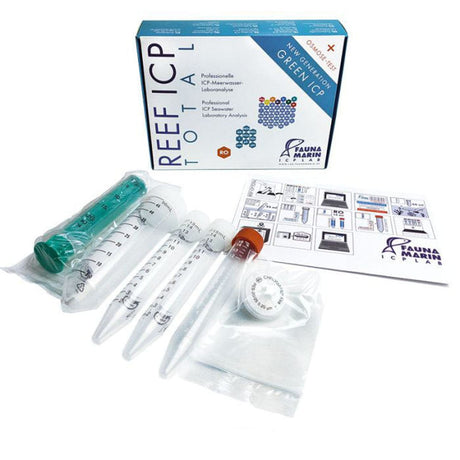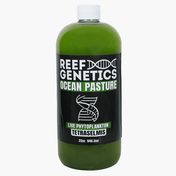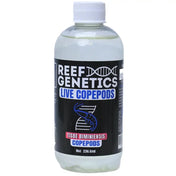Introduction to Ricordea
Ricordea corals (Ricordea spp.) are a favorite among reef hobbyists for their vibrant colors, unique textures, and relatively simple care requirements. These eye-catching mushroom corals come in a range of stunning hues, including vivid oranges, greens, blues, and pinks, often enhanced by a glowing fluorescent effect under actinic lighting.
With their fleshy discs and bubble-like tentacles, Ricordea corals add a distinctive and dynamic look to any reef tank. They are a great choice for both beginner aquarists looking for low-maintenance corals and experienced reefers aiming to add bold colors and texture to their aquascape.
Whether you're creating a dedicated mushroom garden or filling in small gaps with pops of color, Ricordea corals are a versatile and rewarding addition to any reef system.
Natural Habitat and Origin
Ricordea corals are native to the warm, tropical waters of the Atlantic Ocean, particularly around the Caribbean and Florida Keys. Unlike many Indo-Pacific coral species, Ricordea thrive in nutrient-rich, shallow waters where light is less intense and water flow is moderate.
In their natural habitat, these mushrooms can often be found attached to rocky substrates or scattered across sandy lagoon floors. Their adaptability allows them to thrive in varying conditions, from well-lit reef slopes to partially shaded areas, making them a resilient choice for home aquariums.
Water Chemistry
Ricordea are hardy and adaptable, but maintaining stable water parameters will help them thrive and show their best colors. These corals are tolerant of minor fluctuations, making them a good choice for beginners, but consistent care is key to long-term success.
Ideal Parameters:
- Calcium: 380–450 ppm
- Alkalinity: 8–12 dKH
- Magnesium: 1200–1350 ppm
- Nitrates: 5–20 ppm
- Phosphates: <0.10 ppm
- Temperature: 76–80°F
- Salinity: 1.024–1.026
Ricordea prefer clean but nutrient-rich water and can handle slightly elevated nitrate levels compared to many other coral types. Regular water testing and consistent maintenance will encourage healthy growth and vibrant coloration.
Lighting
Ricordea corals thrive under low to moderate lighting, making them versatile for placement in various areas of the tank. A PAR range of 50–150 is ideal for these corals, as they don’t require intense light to display their vibrant colors. In fact, overexposure to high light levels can lead to stress or fading colors.
At Top Shelf Aquatics, we utilize advanced lighting systems such as Ecotech Marine Radions, T5 setups, and metal halides to replicate the soft lighting conditions Ricordea corals naturally prefer. These systems help enhance their fluorescence, especially under blue-spectrum lighting, which brings out their vivid orange, green, and blue tones.
When introducing Ricordeas into a new tank, it’s essential to acclimate them gradually to the lighting. Start by placing them in shaded or lower-light areas and slowly increase their exposure over 2–3 weeks to avoid stress or bleaching.
Water Flow
Ricordea corals prefer moderate water flow, which helps keep their surfaces free of debris and ensures proper nutrient delivery without overwhelming their structure. Strong or turbulent flow can cause the coral to detach or retract, while very low flow may allow detritus to settle, leading to irritation or algae growth.
At Top Shelf Aquatics, we use advanced equipment such as Ecotech Marine MP pumps, Reef Octopus Octo Pulse systems, and Sicce pumps to create dynamic, varied flow patterns. These setups closely mimic the natural conditions Ricordea corals encounter in the wild, promoting healthy growth and optimal coloration.
When placing Ricordea corals in your tank, look for locations where the water flow gently sweeps across their surface. This allows them to expand fully while minimizing the risk of debris buildup or stress from excessive movement.
What We Feed
Ricordeas primarily rely on their symbiotic zooxanthellae for energy, but supplemental feeding can enhance their growth, coloration, and overall health. While they don’t require frequent feeding, providing additional nutrition can help them thrive and reach their full potential.
Recommended Foods:
- Tisochrysis
- Rhodomonas
- Tetraselmis
- Products like Reef Roids and Benepets
- Frozen mysis shrimp or finely chopped meaty foods
Feeding is best done by gently target-feeding each mushroom with a syringe or pipette. Pause the water flow for 10–15 minutes to allow the food to settle on their surface. This ensures the coral has ample time to absorb the nutrients without interference from currents or tank inhabitants.
Coloration and Tank Maturity
Ricordea corals are renowned for their dazzling colors, ranging from earthy greens and browns to vibrant blues, purples, and even metallic hues. Under the right conditions, their coloration can intensify, making them a standout feature in any reef tank. Blue-spectrum lighting often enhances their fluorescent and metallic tones, giving them a striking glow.
While Ricordea can adapt to newer tanks, they truly thrive in mature systems with stable water parameters. Consistent care and good water quality play a major role in maintaining their vibrant colors. Providing adequate nutrients and a suitable lighting spectrum will ensure they reach their full potential in both growth and visual appeal.
At Top Shelf Aquatics, we carefully cultivate these mushroom corals in optimal conditions to ensure they develop their signature vivid coloration, making them ready to shine in your home aquarium.
Common Challenges
Ricordea corals are hardy and relatively low-maintenance, but like any coral, they can encounter some challenges in a reef tank:
- Bleaching: Overexposure to intense lighting or rapid changes in light levels can cause Ricordea corals to lose their vibrant colors. Gradual lighting acclimation is essential to avoid stress and bleaching.
- Detachment: Ricordea corals may detach from their substrate if placed in areas with excessive water flow. Securing them in low to moderate flow zones helps prevent this issue.
- Melting: Prolonged exposure to poor water quality, extreme stress, or sudden environmental changes can cause Ricordea corals to "melt" or disintegrate. Consistent water parameters and careful acclimation help prevent this rare but serious problem.
- Debris Accumulation: Their fleshy structure can trap detritus, leading to irritation or algae growth. Ensuring proper water flow and occasional gentle cleaning can mitigate this issue.
How We Farm/Propagate This
Ricordea corals are popular among hobbyists for their ease of propagation and ability to naturally spread within a reef tank. They reproduce through budding, where small pieces of the coral detach and grow into new individuals, making them an ideal choice for expanding your collection.
At Top Shelf Aquatics, we use advanced aquaculture techniques to propagate Ricordea corals sustainably. Our process includes:
- Selecting healthy and colorful parent colonies with exceptional traits.
- Using precision fragging tools to separate individual Ricordea mushrooms with minimal stress.
- Growing and healing the frags in optimized aquaculture systems that encourage vibrant coloration and robust growth.
This careful propagation process ensures that every Ricordea coral we offer is healthy, sustainable, and ready to thrive in your aquarium. By choosing aquacultured corals, you’re also supporting sustainable reefkeeping practices that help protect wild populations.
Acclimation Guide
Proper acclimation is essential for ensuring the health and success of Ricordea corals in their new environment. Following these steps will minimize stress and help them settle into your reef tank smoothly:
- Temperature Acclimation: Float the sealed bag in your aquarium for 15–20 minutes to equalize the temperature. This helps prevent sudden temperature shock, which can stress the coral.
- Drip Acclimation: While not mandatory, drip acclimation can be beneficial for Ricordea corals. Gradually mix your tank water with the water in the shipping bag over 30–45 minutes. This allows the coral to adjust to differences in salinity and water chemistry.
- Lighting Acclimation: Ricordea corals naturally thrive under low to moderate light conditions. Begin by placing the coral in a shaded or lower-light area of your tank. Gradually increase light exposure over 2–3 weeks to avoid stress or bleaching.
- Placement: Secure the coral to rockwork or a stable surface using reef-safe glue or epoxy. Aim for a location with moderate water flow to ensure debris is swept away while allowing the coral to expand fully without being overwhelmed.
At Top Shelf Aquatics, we take pride in ensuring your order arrives safely and in perfect condition. Here’s everything you need to know about our shipping process:
Livestock Shipping Details
- Flat Rate Shipping:
- $39.99 Out of State
- $34.99 Florida (In-State)
- Orders over $299 ship FREE!
- NO FREE Shipping during Sale Events
- Shipping Days: The calendar during checkout determines when your livestock order will arrive. Normally we ship Monday - Thursday via FedEx Priority Overnight.
Orders placed by 2 PM EST Monday - Thursday ship the same day. Orders placed after 2 PM or on Fridays will ship the next business day. - Delivery Times: Most packages arrive by 10:30 AM EST, though remote areas may experience later deliveries.
We take every measure to protect your livestock, including specialized packaging to maintain temperature and safety during transit.
Dead on Arrival (DOA) Policy
In the rare event of a DOA, you must submit a DOA Request within 2 hours of delivery (FedEx posted time). Once submitted, we will issue a replacement or store credit for the livestock. Please note:
- Shipping costs are not included in the credit.
- Refunds are not offered for livestock or shipping.
While we cannot be held responsible for delays caused by mechanical or weather issues, rest assured we’ll do everything possible to make it right!
Reef Guard Protection Plan
For ultimate peace of mind, upgrade to our Reef Guard Protection Plan. With Reef Guard, you’ll enjoy:
- Extended Livestock Guarantee: Coverage for up to 5 days.
- Priority Resolutions: Hassle-free claims with fast resolutions.
- Weather & Shipping Delay Coverage: Includes FedEx lost packages and damages.
Shipping Restrictions
- We currently ship livestock only within the continental U.S.
- Note: Due to Hawaii state law, we are unable to ship corals to Hawaii.
Now’s the perfect time to prepare your aquarium for its new additions. Consider doing a water change and ensuring space is ready. Check out our YouTube channel for detailed care instructions for your new corals!
For any questions or concerns, feel free to reach out to our support team. We’re here to help make your reefing journey a success!
How We Capture Stunning Coral Photos
Our Gear:
We rely on the EOS R1 Mirrorless Camera for its unmatched ability to produce high-resolution, true-to-life images. This advanced camera is designed to excel in challenging lighting conditions, like those found in reef aquariums, capturing even the most subtle details with exceptional precision. Its fast focusing system ensures every shot is sharp, even in dynamic environments.
Our lens of choice is the EF 100mm f/2.8L Macro IS USM, a professional-grade macro lens specifically designed for close-up photography. This lens excels at capturing fine details like polyp extensions and intricate coral textures while maintaining accurate color reproduction. Its 100mm focal length allows us to shoot at a comfortable distance without disturbing the coral, and the advanced Image Stabilization (IS) ensures consistently sharp results. This is particularly important when photographing under water flow, where steady hands make all the difference.
Lighting Settings:
To bring out the vibrant fluorescence and rich hues of our corals, we photograph them under Ecotech Marine Radion XR30 Blues with these precise settings:
- 100% Violet
- 100% UV
- 100% Deep Blue
- 50% Blue
We also apply a custom white balance to ensure the colors you see in the photos match the corals' natural appearance in a properly lit aquarium.
We take great care with our photography to make sure every coral looks as vibrant and true-to-life as it does in person, so you can easily picture it thriving in your own reef.
